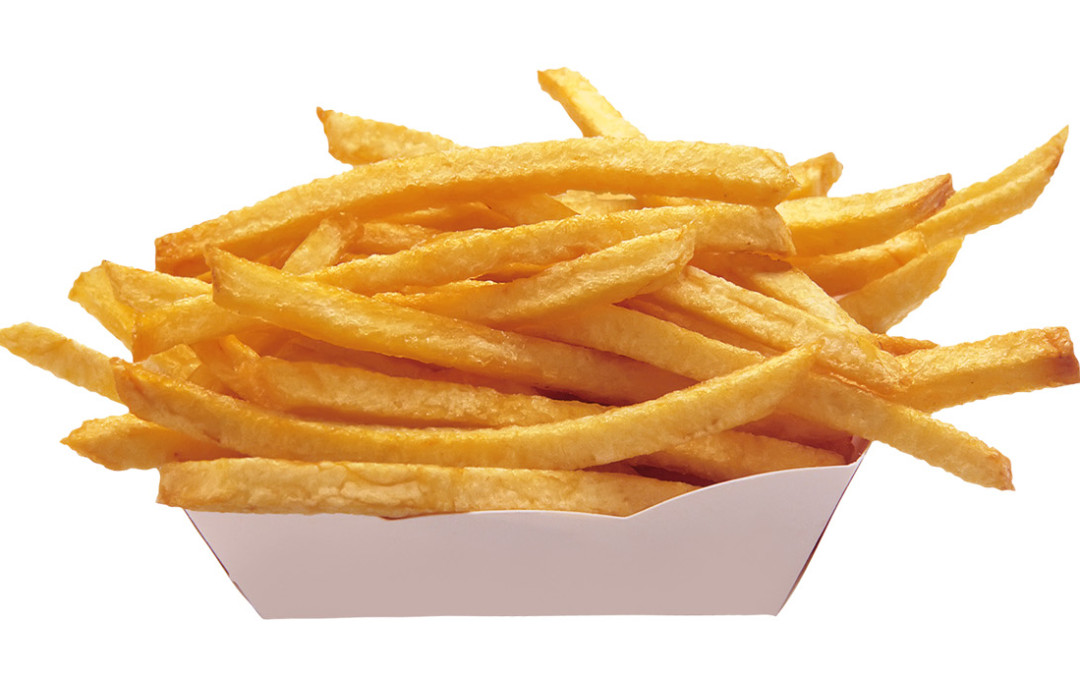“More? More?” was the tiny voice from the car seat in back, then in later years “Can I have a french fry?” This was one of the earliest phrases that our toddler boys learned, and they said it every time after we were handed a bag of food from a drive-through window. Now they’re old enough to ask, “Why don’t we go to the playland restaurant any more?”
Fast food has been attacked, defended, abandoned, and embraced for years. With it’s mixture of delicious tastes, convenient and inexpensive options, and heavy marketing, it has grown to a $140 billion per year industry…that’s just over $1 per American per day all year long.
Convenience foods began to appear in the early 1900’s. After the First World War, they became more common in grocery stores and homes. Taste, texture, and freshness all changed, but our collective palate changed to accommodate the convenient choices. World War Two and women joining the workforce in large numbers allowed for a rapid expansion of convenience foods and the modern day fast food restaurant. “By the 1960s, cooking with food in its raw, natural state was little more than a quaint novelty and was in fact becoming a lost art…For the majority, convenience remained the hallmark of modern food and nutrition. Throughout the remainder of the 20th century, convenience foods continued to gain in popularity, and “fast food”—the ultimate convenience food—joined the revolution. Fast-food chains reached from coast to coast and then around the world, from Boston to Bahrain. The mass of consumers had by now largely lost the connection between food and nutrition, and few thought much about ingesting foods to keep them healthy.” -Alice Abler, “At Your Convenience”, Fall 2012,
Recently we have seen a backlash against fast food in the form of documentaries. See Fast Food Nation, Supersize Me, and Food Inc.
So I tried to search Google for articles in favor of fast food. It turns out if you type “in support of fast food” into Google, your first five hits are about supporting fast food industry workers on strike to try to earn a living wage. Not a great start. But with other search terms, there are articles that make the point that there are some healthy options at fast food restaurants and our consumer choices determine what menu items come and go from these chains…if we’re not buying the Hula Burger, then it gets replaced with the Filet-O-Fish.
So my family decided to start exercising its consumer rights and we stopped eating fast food in May of 2012, after going without it for twenty five days in support of 25 in Change. Now we try to cook in bulk once a week, pack snacks before we leave, eat slow food with each other at a sit down restaurant, and if we’re stuck on a road trip with nowhere else to go, then we choose apple slices over fries, milk instead of soda, and always ask for the small size. We are busy, we love to eat, and if we can do it so can you.
See what happens to your choices and your health when you stop fast food for 25 days with us. Ask good questions of each other, of reliable websites, of your food policy makers and restaurant owners. This is a conversation we need to have…


